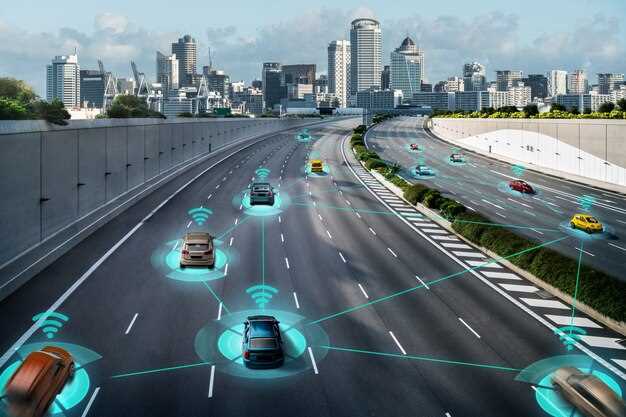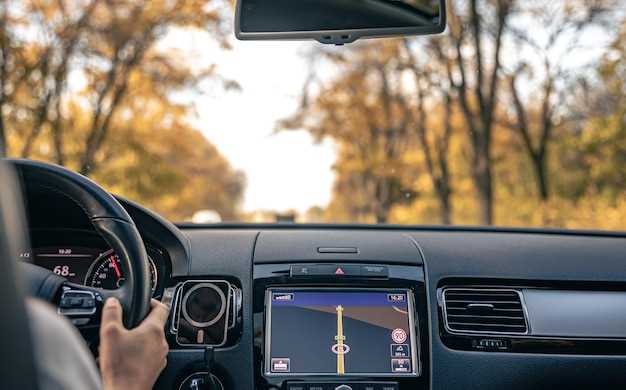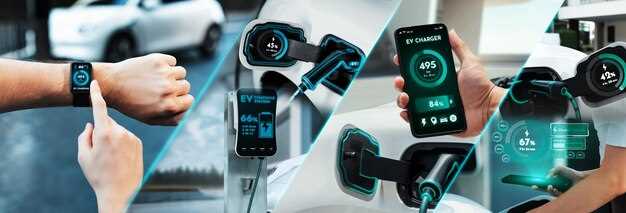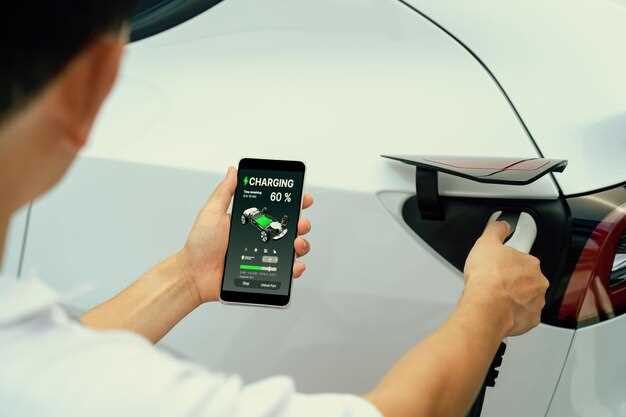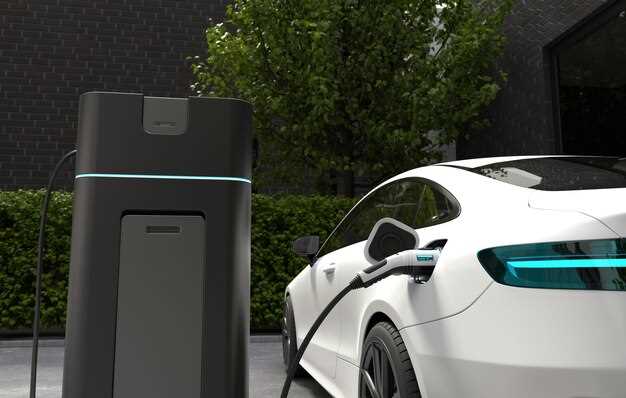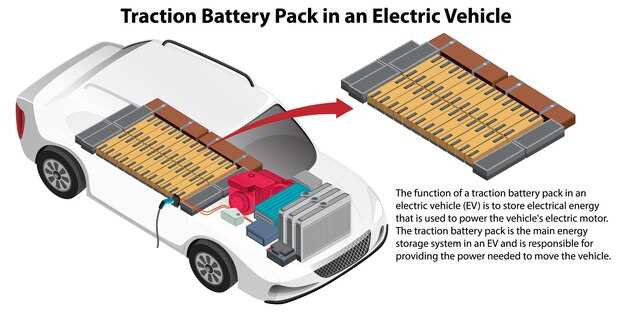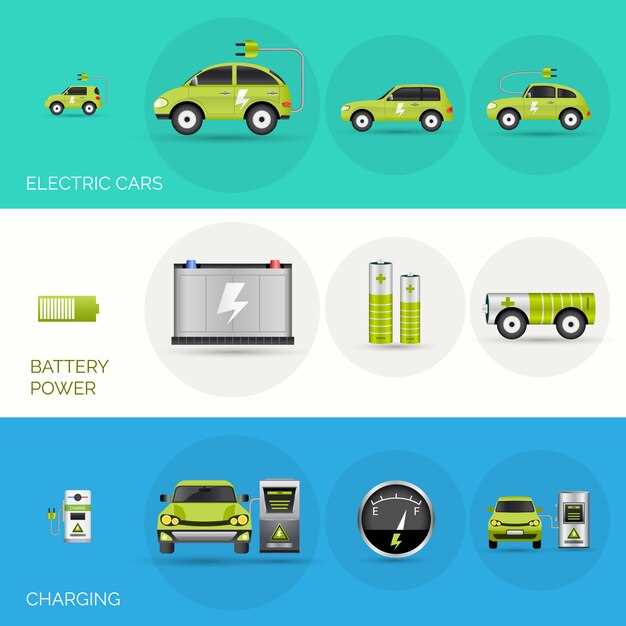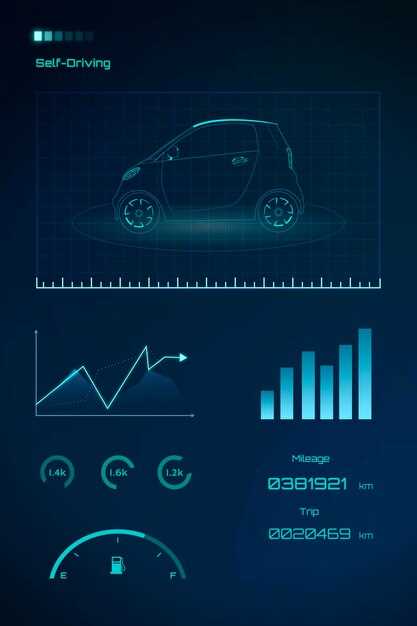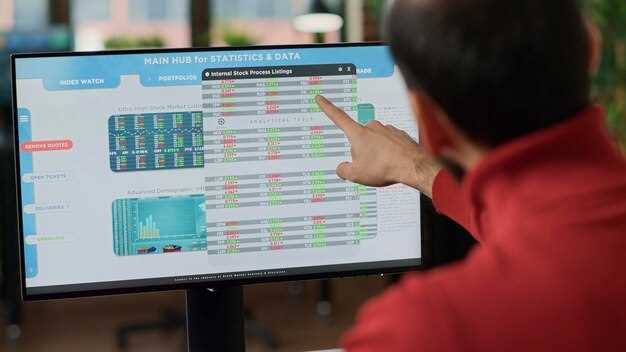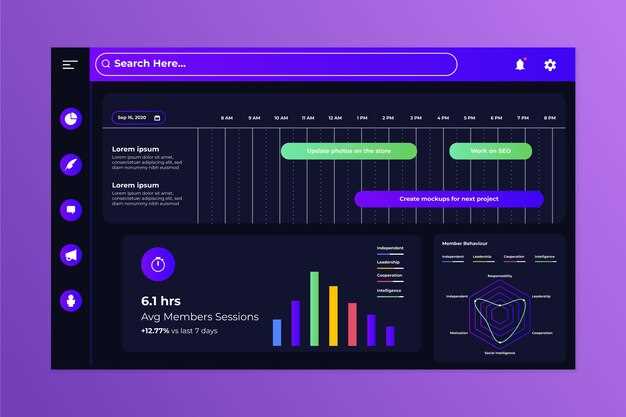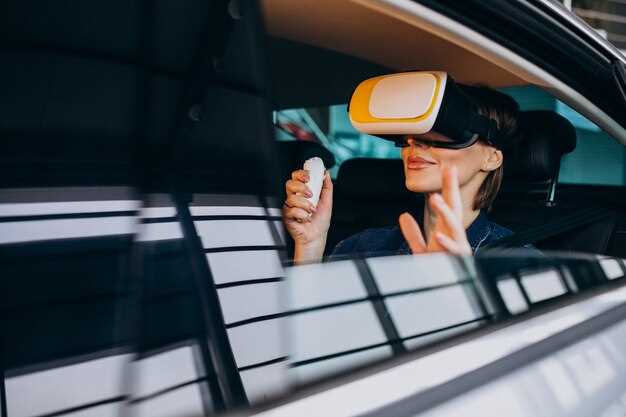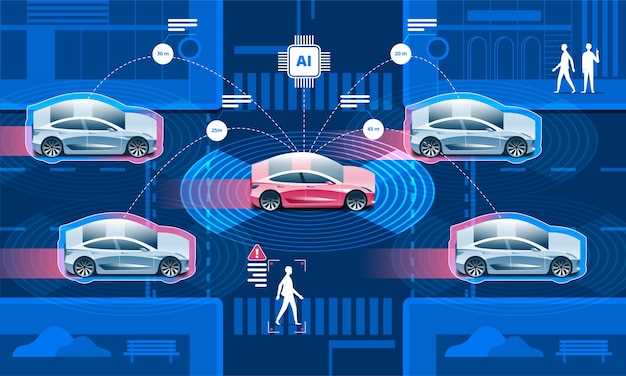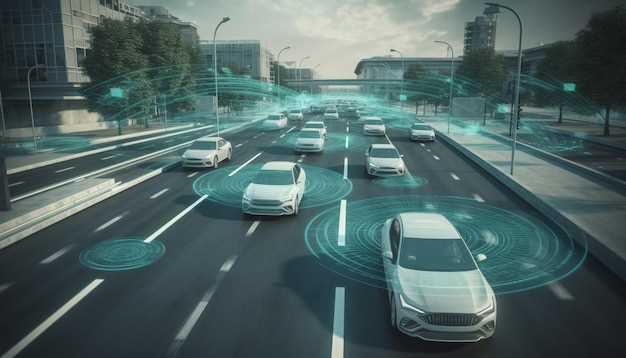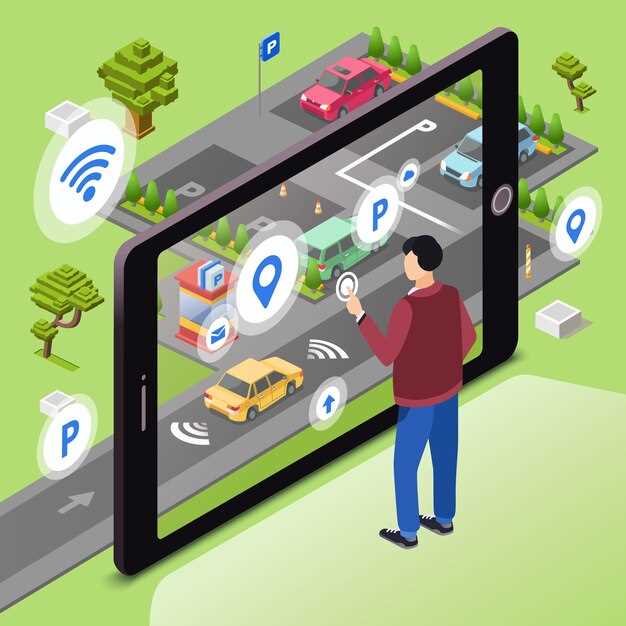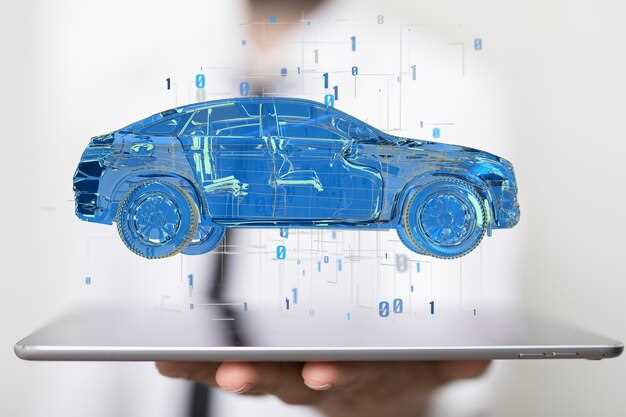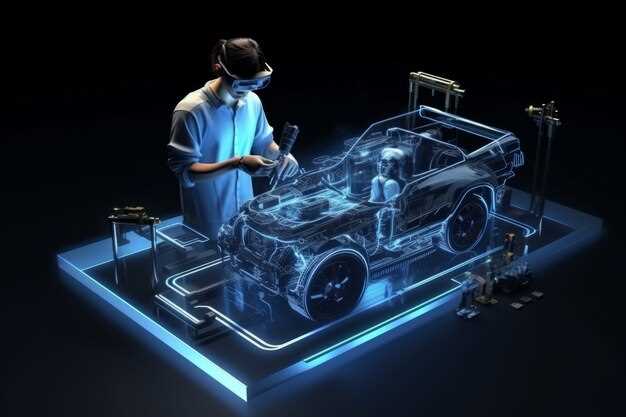
The automotive industry is on the brink of a technological revolution that promises to redefine the concept of mobility in the coming years. As we approach 2025, the intersection of car manufacturing and advanced tech is set to create a future where driving is not only more efficient but also safer and more enjoyable. This transformation is being driven by a myriad of innovations ranging from electric vehicles to autonomous driving systems.
One of the most significant trends shaping this future is the rise of electric vehicles (EVs). With an increasing emphasis on sustainability and reducing carbon footprints, automotive manufacturers are investing heavily in battery technology and charging infrastructure. The shift towards cleaner energy solutions is more than just a trend; it’s a necessity for a world grappling with environmental challenges.
Another pivotal element influencing car technology is the rapid advancement of automation. Developments in artificial intelligence (AI) and machine learning have made it possible for vehicles to communicate with each other and their surroundings. This connectivity is poised to dramatically improve traffic management and enhance the overall safety of drivers and pedestrians alike.
As we delve into the key trends that are molding the automotive landscape of 2025, it becomes clear that the journey towards a smarter, greener, and more connected future is already well underway. Embracing these technological advancements will not only revolutionize how we drive but also how we envision transportation itself.
Advanced Driver Assistance Systems: Enhancements for Safety and Convenience

Advanced Driver Assistance Systems (ADAS) are revolutionizing the automotive landscape by integrating cutting-edge tech into vehicles. These innovations foster a safer driving experience while providing unparalleled convenience to drivers. Various features, including adaptive cruise control, lane-keeping assistance, and automatic emergency braking, significantly reduce the likelihood of accidents.
Car manufacturers are embracing these technologies to create a more intuitive driving environment. For instance, many modern vehicles now incorporate forward collision warnings that detect potential hazards, alerting the driver long before any impact occurs. This proactive approach not only enhances safety but also builds driver confidence.
Another significant advancement is the integration of parking assistance systems. These systems utilize sensors and cameras to help drivers navigate tight parking spots. By automating the parking process, these innovations save time and reduce the stress associated with urban driving.
Furthermore, with the ongoing development of connected car tech, ADAS can communicate with other vehicles and infrastructure. This communication enhances situational awareness, allowing for smoother traffic flow and reduced congestion. As vehicles evolve, the collaborative nature of this tech promises to enhance road safety and convenience even further.
In conclusion, the enhancements in Advanced Driver Assistance Systems signify a crucial step toward safer and more convenient driving. As car manufacturers continue to invest in these tech innovations, consumers can expect a future where driving becomes increasingly automated and secure.
Electrification and Battery Innovations: What to Expect in EV Performance

The transition to electric vehicles (EVs) is set to redefine the automotive landscape by 2025. The future of electrification is driven by robust innovations in battery technology that promise significant enhancements in performance and efficiency.
One of the most pivotal advancements is the development of solid-state batteries. Unlike traditional lithium-ion batteries, solid-state technology uses a solid electrolyte, which offers greater energy density and faster charging times. This could mean a substantial increase in driving range–potentially exceeding 500 miles on a single charge–while drastically reducing charging times to mere minutes.
Another key area of innovation is in battery recycling and sustainability. As the demand for EVs rises, so does the need for eco-friendly disposal and reuse of battery materials. New recycling methods aimed at recovering critical metals, such as lithium and cobalt, are emerging, ensuring that resource dependence is minimized and environmental impact is reduced.
Furthermore, advancements in battery management systems (BMS) will enhance overall vehicle performance. The integration of artificial intelligence and machine learning into BMS will enable better thermal management and longevity of batteries, optimizing the energy output and extending the overall lifespan of EVs. This tech evolution will not only enhance performance but also improve safety, reducing risks associated with overheating and potential failures.
The future also points towards the integration of vehicle-to-grid (V2G) technologies. This concept allows EVs to interact with the power grid, enabling them to store excess renewable energy and return it during peak demand. This capability enhances energy efficiency and showcases EVs as vital components of smart energy systems.
In summary, innovations in electrification and battery technology are poised to dramatically elevate EV performance by 2025. From solid-state batteries to refined recycling processes and advanced management systems, the convergence of cutting-edge tech will ensure that electric vehicles are not just a sustainable choice, but also a high-performing one.
Connected Vehicles: The Impact of 5G and IoT on Automotive Experiences
The future of automotive technology is increasingly shaped by the integration of 5G networks and the Internet of Things (IoT). This transformative shift is creating a new paradigm for car experiences, enhancing connectivity and enabling remarkable innovations.
5G technology significantly enhances the ability of vehicles to communicate with each other and with infrastructure, leading to safer and more efficient driving experiences. The low latency and high bandwidth of 5G allow cars to process large amounts of data in real-time, facilitating advanced features such as vehicle-to-vehicle (V2V) and vehicle-to-infrastructure (V2I) communication. This can help reduce traffic congestion, improve navigation accuracy, and ultimately lead to fewer accidents.
Moreover, the IoT ecosystem connects various devices within and outside the vehicle, enabling a seamless integration of automotive applications. For instance, smart sensors can monitor the vehicle’s health and proactively inform drivers about necessary maintenance, enhancing the longevity and reliability of the car. Additionally, IoT connectivity allows for personalized in-car environments, adjusting climate, entertainment, and seat preferences based on individual user profiles.
Furthermore, the combination of 5G and IoT is paving the way for the development of autonomous vehicles. Enhanced connectivity allows for better data sharing between vehicles and their surroundings, enabling these cars to make informed decisions on the road. Innovations in artificial intelligence and machine learning will further improve the efficacy of self-driving technologies, providing consumers with safer and more efficient transportation options.
As we approach 2025, the impact of connected vehicles driven by 5G and IoT will reshape the automotive industry. Consumers can anticipate a future where cars are not just modes of transport but interconnected, intelligent systems that offer a rich, personalized driving experience while promoting safety and efficiency.


